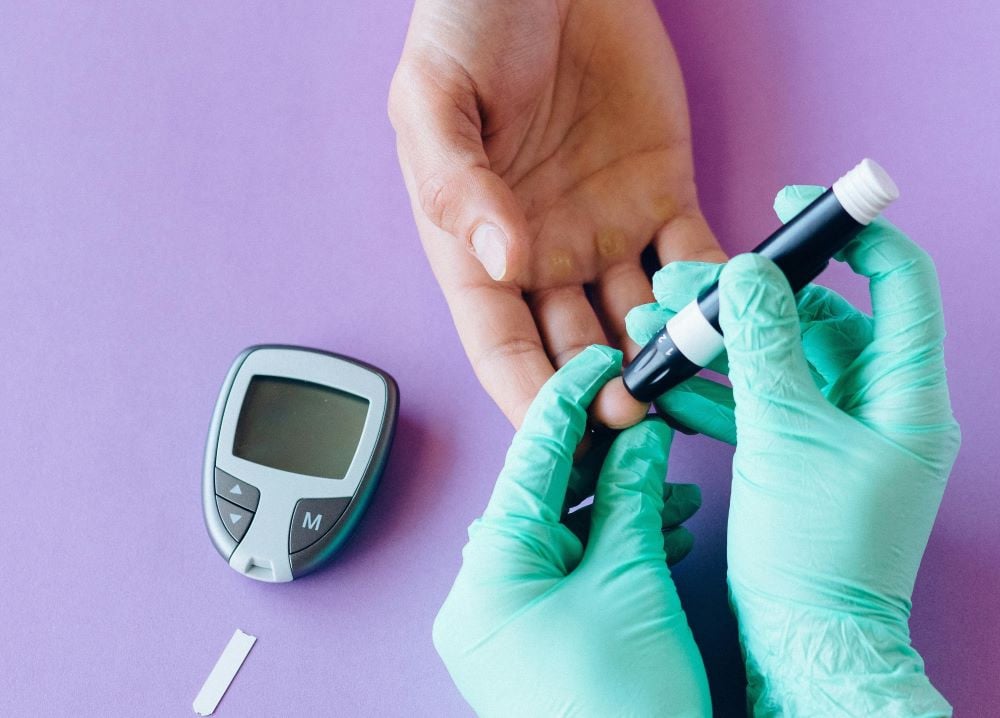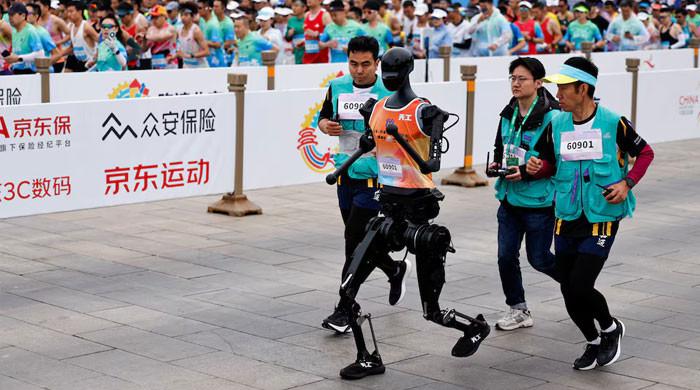A rare and long-overlooked form of diabetes, linked not to obesity but to malnutrition, has been formally recognised by the International Diabetes Federation (IDF) as “Type 5 diabetes” — a landmark moment for global health experts and patients alike.
Previously misunderstood and often misdiagnosed, Type 5 diabetes – also known as malnutrition-related diabetes or Maturity Onset Diabetes of the Young (MODY) – disproportionately affects lean adolescents and young adults, especially in low and middle-income countries across Asia and Africa.
The IDF’s official recognition came via a formal vote at the World Diabetes Congress in Bangkok on 8 April, marking decades of medical debate. Experts say this rare form of diabetes, which develops in teenagers and young adults due to prolonged nutritional deficiencies, affects an estimated 25 million people worldwide.
Unlike the more widely known types of diabetes, which are typically linked to obesity, genetics, or autoimmune responses, Type 5 stems from long-term malnutrition. It leads to poor insulin production due to pancreatic beta cell dysfunction, making standard insulin-based treatments risky and potentially fatal.
Professor Meredith Hawkins of the Albert Einstein College of Medicine, who has long advocated for its recognition, welcomed the IDF’s decision, saying:
“The IDF’s recognition of Type 5 diabetes is an important step toward raising awareness of a health problem that is so devastating to so many people.”
She added that the disease had been “vastly underdiagnosed and poorly understood” for decades. Her research has shown that insulin therapy, often misapplied in these patients, can cause dangerous drops in blood sugar due to the unique metabolic characteristics of the disease.
The condition was first observed in Jamaica in the 1950s and was temporarily included in the World Health Organization’s diabetes classifications in the 1980s before being removed in 1999 due to insufficient data.
However, over the past two decades, physicians across developing countries have increasingly reported seeing young, underweight patients who do not respond to typical insulin treatments. Many of these cases were initially misdiagnosed as Type 1 diabetes.
Dr Nihal Thomas of India’s Christian Medical College, and a member of the Type 5 Diabetes Working Group, said the disease is “largely inherited” and requires more targeted research and diagnosis protocols.
“Due to the lack of formal recognition, this condition has been understudied and misdiagnosed. Recognition by the IDF opens the door to better diagnosis and more tailored therapies,” Dr Thomas added.
Experts emphasise that Type 5 diabetes is more common than tuberculosis and nearly as widespread as HIV/AIDS in some regions. However, the absence of an official classification until now has limited research funding, public awareness, and therapeutic innovation.
With formal recognition now in place, health organisations hope the spotlight on Type 5 diabetes will drive efforts to develop diagnostic tools, train healthcare providers, and ensure effective, non-insulin-based treatment strategies for affected populations.
The next steps, researchers say, involve increasing global awareness, particularly among health professionals in high-prevalence areas, and pushing for investment into research and public health solutions tailored to the condition.
#Type #diabetes #officially #recognised #impacts #25m #people #worldwide



![Security alert [consensus issue] | Ethereum Foundation Blog](https://i0.wp.com/10bmnews.com/wp-content/uploads/2025/03/eth-org.jpeg?resize=150%2C150&ssl=1)






